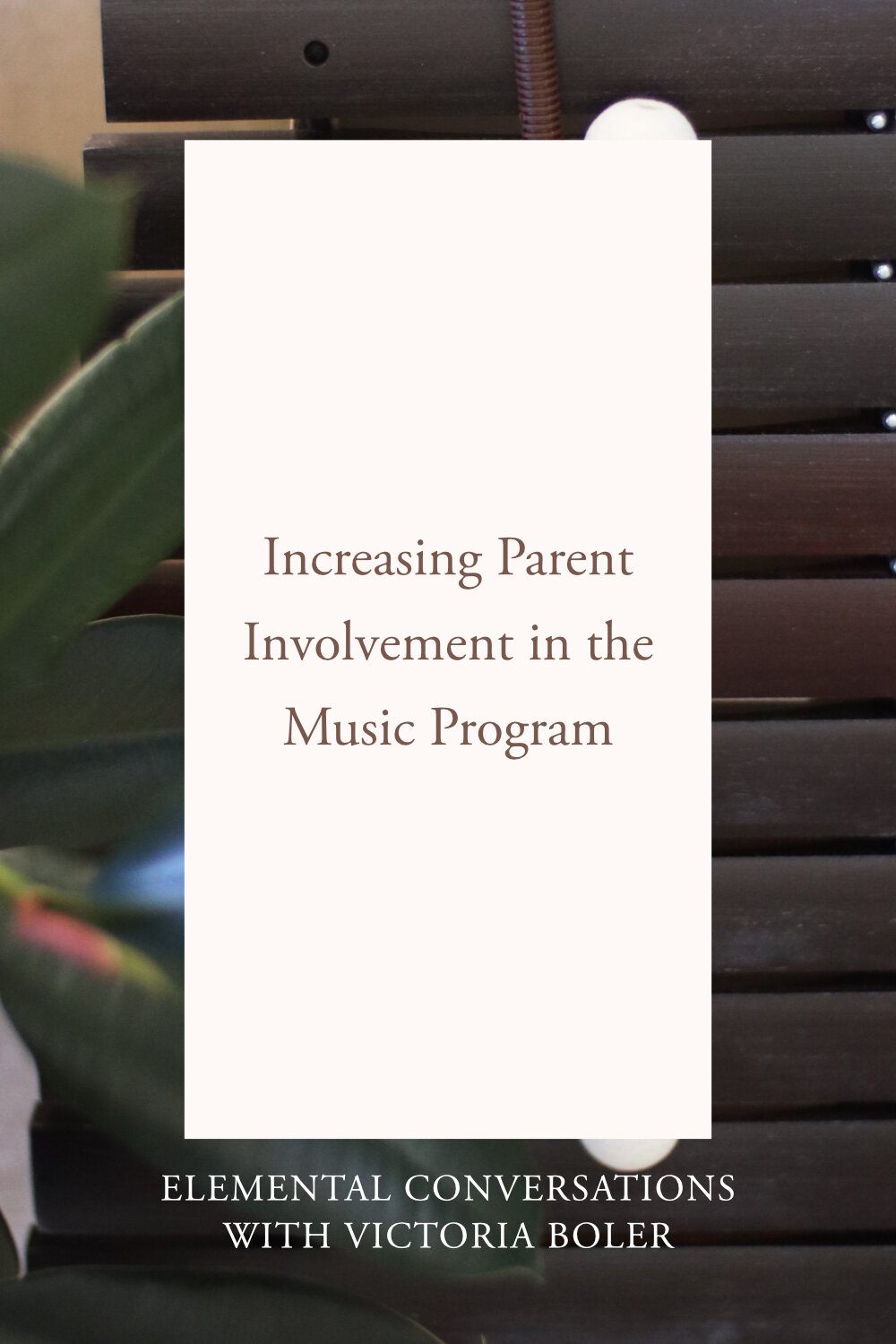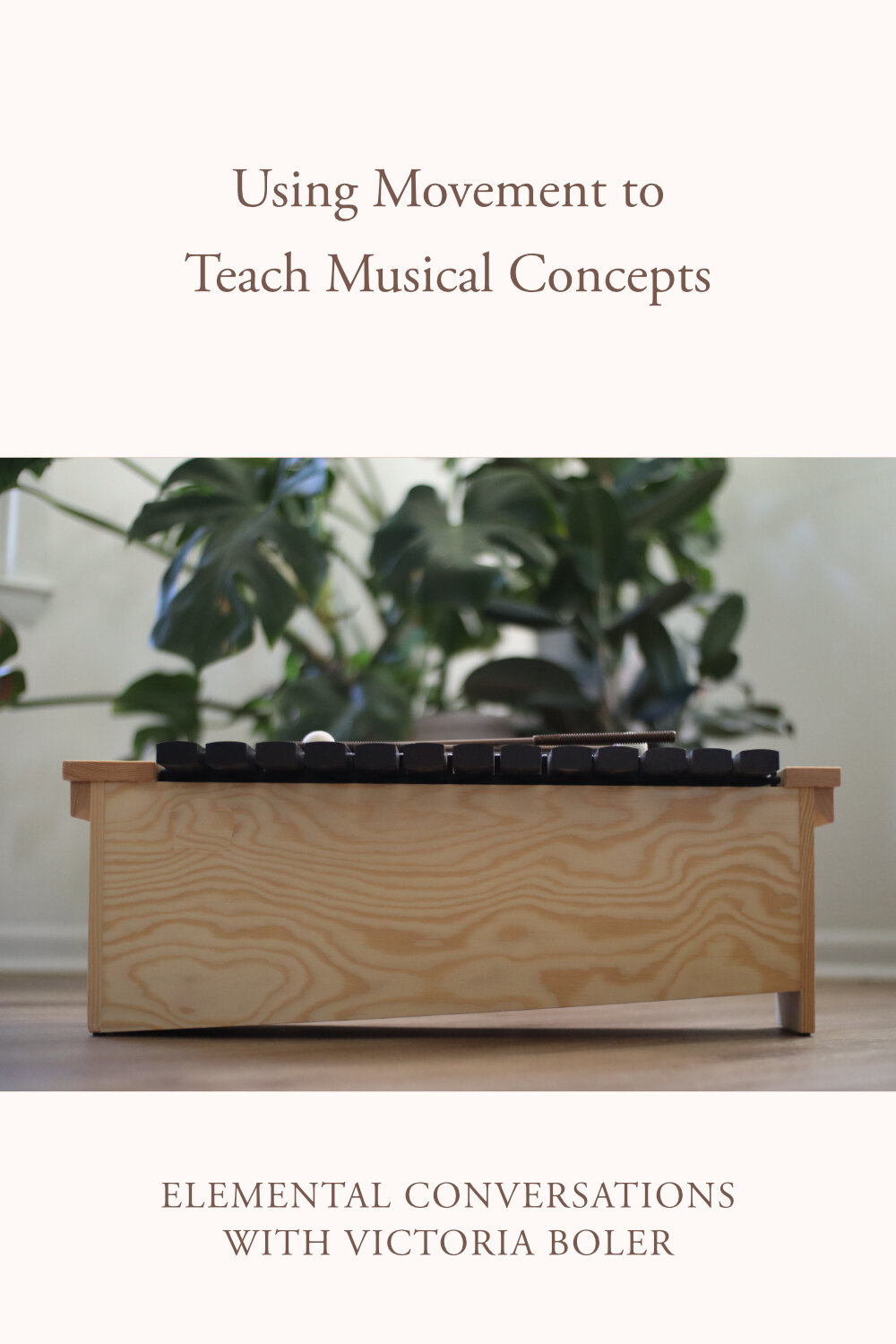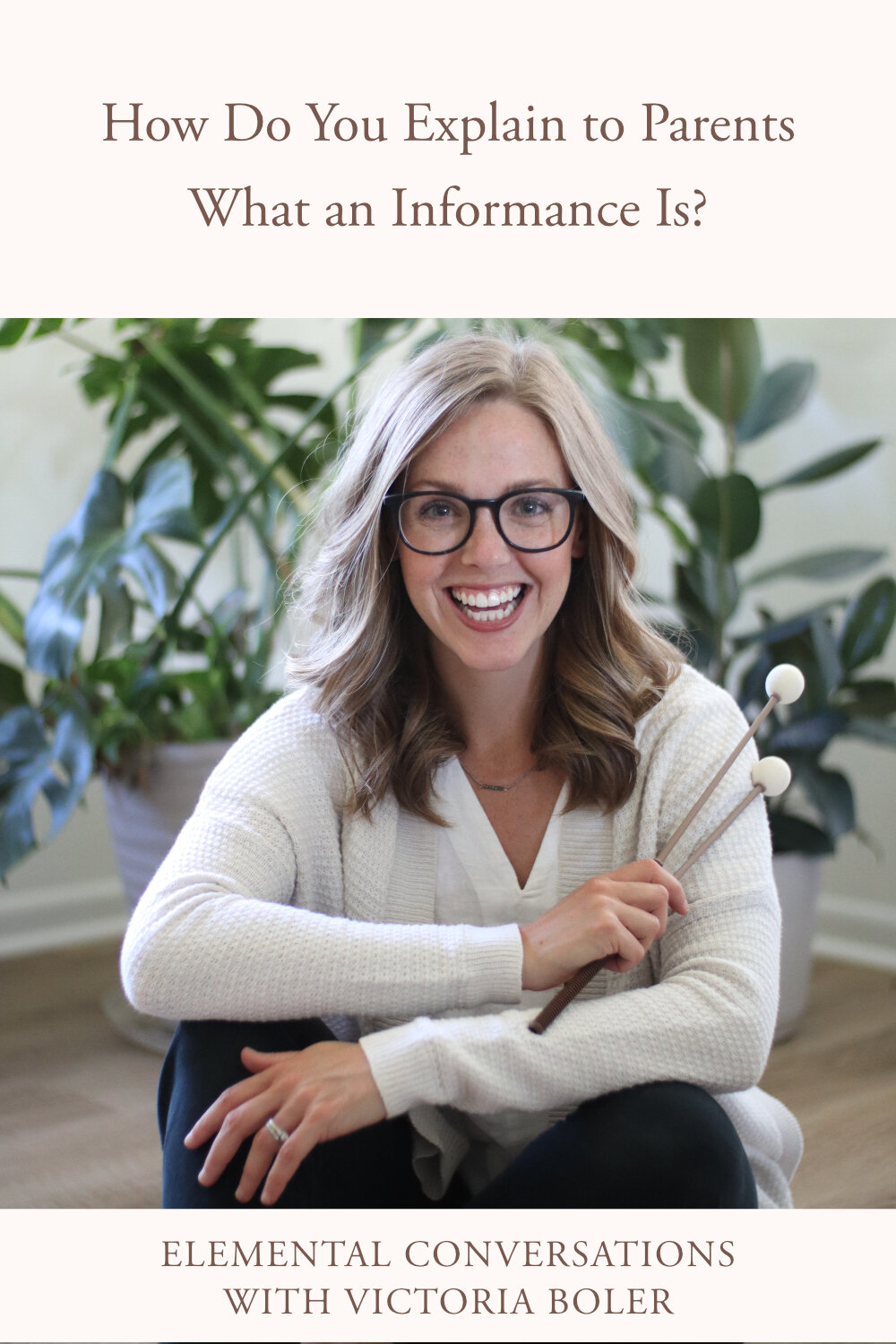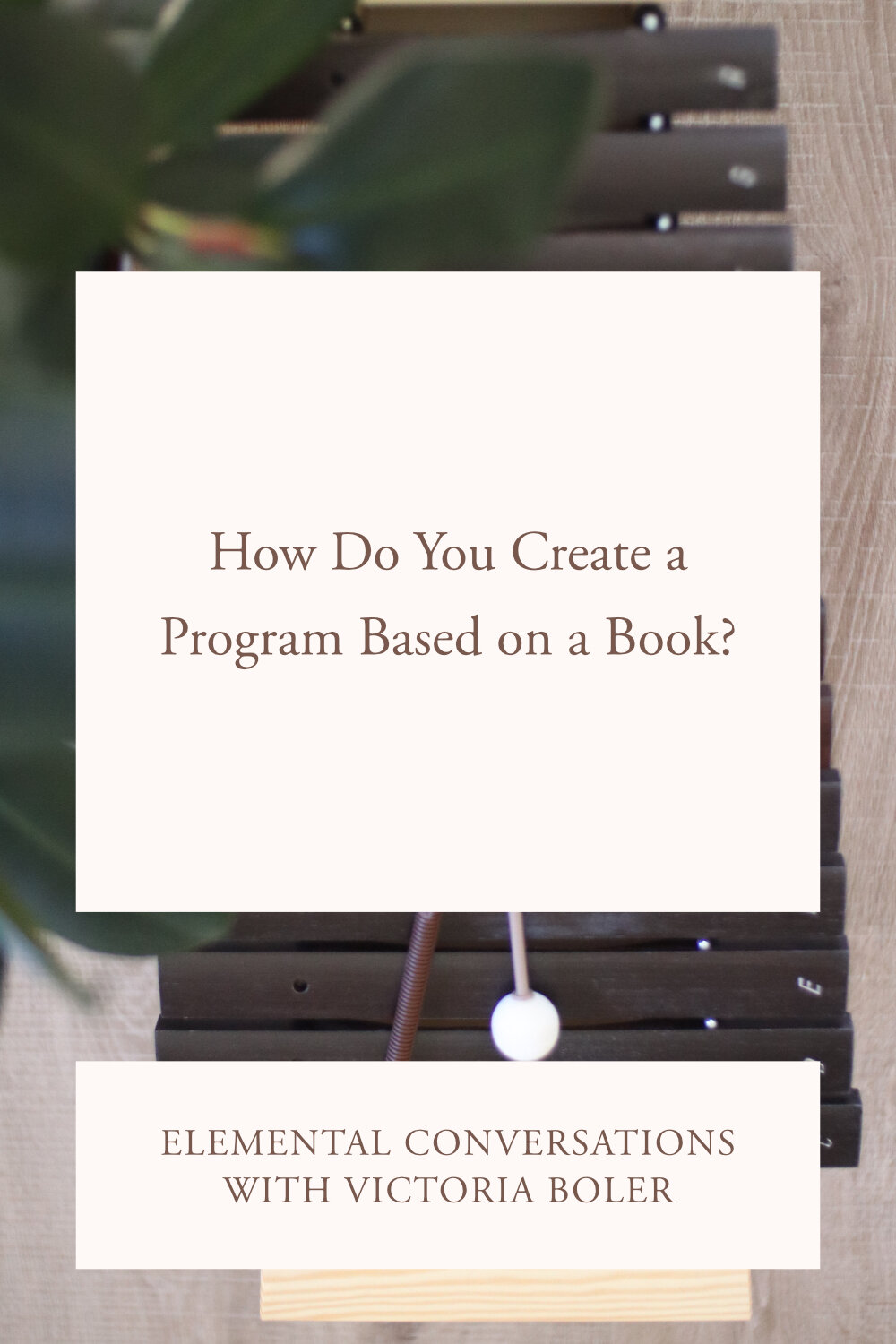Listen on…
Apple Podcasts | Google Podcasts | Spotify
Season 1 | Episode 17
Show Notes
Hi Victoria
I was wondering if you have any advice about collaborations between music teachers and art teachers. I’m really interested in collaborating more with the colleagues here in my building and I’m just not quite sure where to start.
What systems already exist in the school culture?
Do you have a concert or another sharing event that you already do?
Could students design the cover of the concert? (competition or the back is a collage of student work - I’ve done both)
Could they display artwork leading up the hallways to the event? (“My favorite part of music” in K - 3rd)
Could a few pieces be on display for parents to look at before and after the event like at an art gallery?
Maybe a few students from a different grade are standing outside the school like at an art gallery and they’re wearing their school shirt
Could art students set up a few pieces that you display on the table for programs when parents show up?
Another way to do programs is to have a qr code that parents scan as they walk in, that way the program can be in full color. If you’re already directing parents to a website you’ve made for the program, it’s even easier to include digital scans of artwork
Have you ever watched live art?
This could be a digital illustration that’s projected onto a screen. This could be chalk on a chalkboard. This could be markers.
What are students already learning about in art? Where can we partner?
Art history
Abstract art: Kandinsky (Drue Bullington The Noisy Paint Box lesson)
Art media
Levels and planes
levels in movement
levels in melodic contour
leveled bordun
Balance
Form: ABA
Space:
Positive / negative space in movement and music (notes and rests)
Overlap: texture in layered ostinati
Perspective: Dynamics - what should be louder (i.e. bigger)?
What are students already learning about in music? Where can visual arts partner?
Music from Mexico: El Patio de Mi Casa, Zapatitos Blancos, Dale Dale Dale, etc.
Diego Riveara / Frida Kahlo other visual artists
Music from Japan: Tsuki, Donguri Korokoro, Chu Chu Kokko
The Great Wave or Anime
Using the Standards:
National Core Arts Standards
We’re already working off the same standards!
Hip Hop and Graffiti - AOSA session
Blue Is The Sea: Music, Dance & Visual Arts


















